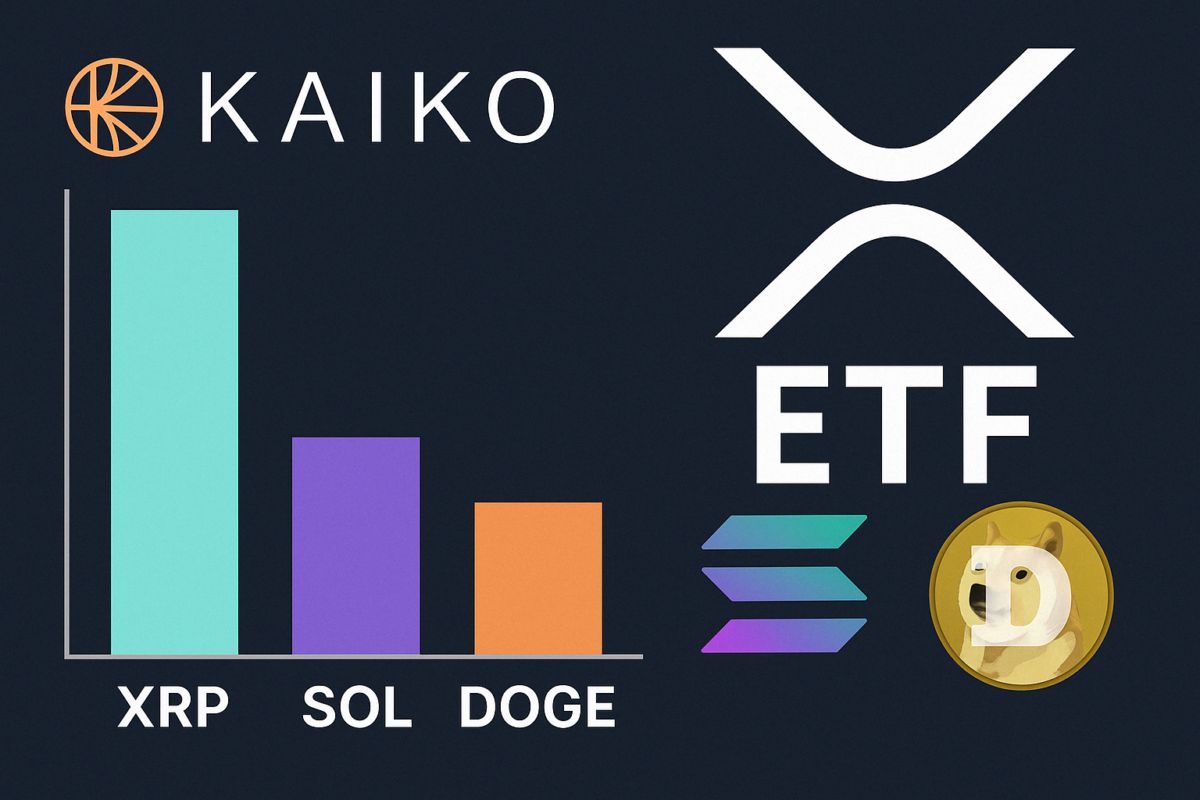Solana Price Reclaims $180 Amid Overbought Signals; Potential Pullback May Precede Next Upsurge
-
Solana’s recent price surge to $180 marks a significant milestone, drawing attention from investors and traders alike as speculation rises about its next move.
-
With mounting investor interest, Solana (SOL) is at a critical junction where technical indicators suggest an interim pullback might be necessary before further gains.
-
According to market analysts, the Chaikin Money Flow (CMF) and Money Flow Index (MFI) indicate that SOL is currently overbought, with potential downward pressure looming.
Solana (SOL) price touches $180 amid rising interest; however, technical indicators suggest a potential pullback before challenging resistance at $200.
Solana’s Price Dynamics: A Look at Recent Trends and Technical Indicators
Recently, Solana’s (SOL) price crossed the $180 threshold, a level unseen since July. This surge has captured attention as traders speculate whether Solana is on the verge of breaking the critical resistance level of $200. However, careful analysis reveals a complex scenario where a pullback may occur before any substantial moves upward.
Overbought Signs: What the Metrics Indicate
Key indicators like the Chaikin Money Flow (CMF) and Money Flow Index (MFI) suggest that Solana’s current price level might not be sustainable. The CMF assesses buying and selling pressure, and recent readings show that SOL has reached a CMF level of 0.28. This indicates strong buying volume, yet it also posits a state of being overbought. When the CMF surpasses the 0.20 threshold, a pullback often follows, as buyers take profits.
Similarly, the MFI has surpassed 80, signaling overbought conditions. This high reading generally forecasts potential cooling off in price momentum, potentially inviting a short-term correction. Understanding these metrics is crucial for traders looking to time their entries and exits effectively.
Resistance Levels and Price Predictions for Solana
While the recent breakout from an ascending triangle pattern suggests bullish intentions, the critical supply zone at $185 could complicate matters. Historical data indicates that the last time SOL encountered this price zone, it experienced a substantial correction of approximately 30%. Traders should prepare for potential retreats back to $161.81 before any serious attempts to push towards the $200 mark.
Should buyers manage to drive SOL above $185, the outlook could shift positively, allowing for a test of $200 without significant retracement. This crucial juncture underscores the importance of monitoring market sentiment and trading volumes closely.
Market Sentiment and Future Outlook for Solana
The overall market sentiment towards Solana has been favorable, driven by advancements in its underlying technology and an increase in platform adoption. However, as the cryptocurrency market experiences volatility, maintaining a cautious approach is vital. Investors must weigh potential returns against the risks posed by overbought conditions indicated by technical analysis.
Real-time trading data suggests that heightened interest could buoy SOL’s price temporarily, but a clear strategy blending technical analysis with market dynamics will be critical as the landscape evolves.
Conclusion
In summary, while Solana’s recent rise to $180 has reignited optimism among traders, the prevailing technical indicators of being overbought suggest a recalibration may be ahead. The proximity to resistance at $185 adds another layer of complexity, making it imperative for participants in the market to remain vigilant. With careful consideration of these dynamics, traders can position themselves to capitalize on future movements in Solana’s price.
Disclaimer: The content of this article solely reflects the author's opinion and does not represent the platform in any capacity. This article is not intended to serve as a reference for making investment decisions.
You may also like
XRP Gains Edge in ETF Race Over SOL and DOGE, Says Kaiko

Strive Pushes Intuit to Add Bitcoin to Treasury
Strive urges Intuit to hold Bitcoin in its treasury to hedge against AI-driven disruption risks.Bitcoin as a Hedge Against AI Disruption?Why Bitcoin, and Why Now?BTC in the Boardroom

JP Morgan Predicts Imminent Interest Rate Cuts
JP Morgan forecasts upcoming rate cuts, signaling a major shift in U.S. economic policy that could impact markets and crypto alike.JP Morgan Signals Upcoming Interest Rate CutsWhy Rate Cuts Matter for MarketsCrypto Could See Renewed Interest

Raydium launches Launch Lab, a token issuance platform
